Down on the Farm Photography: Farm Animals as Photography Models

When you think of animal photography, most people imagine dogs, wildlife, exotic animals, or even deer at the forest’s edge. But what about cows, goats, or chickens? Farm animal photography, whether in the countryside or at an animal sanctuary, may not be your first choice, but portraits from these places can be surprisingly captivating.
Farm animals have always been around, yet we know little about them. This makes them unexpectedly rewarding models for photography. Moreover, unlike wild animals, we can often touch them, get close to them, and observe them in their natural environment.
Getting to know your model
Good portraits start with observation. This is especially true with animals. Before picking up your camera, take a moment to stand still and observe. Which animal is holding back, which is the most curious, which interacts with others, and which prefers to remain still? Each species has its own typical behaviors, and each animal has its own personality.
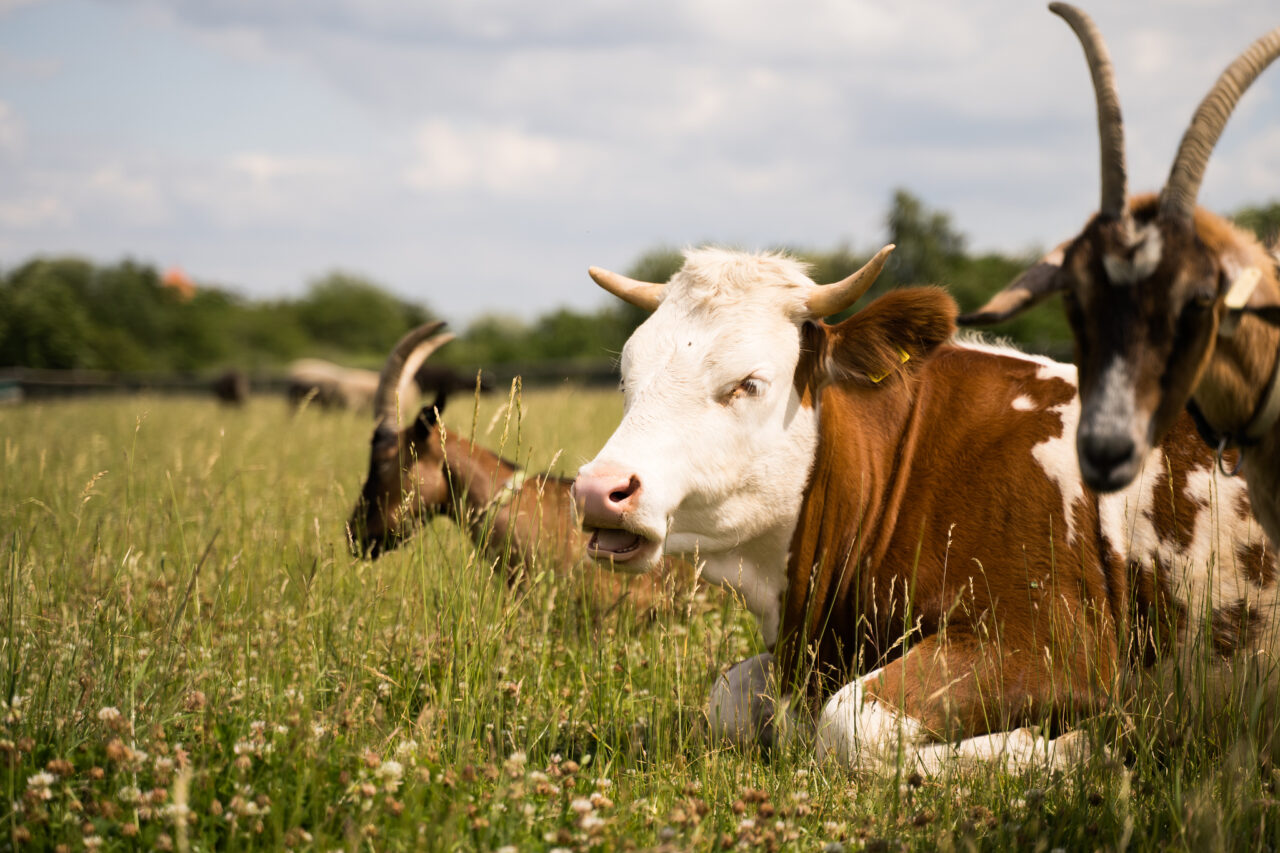
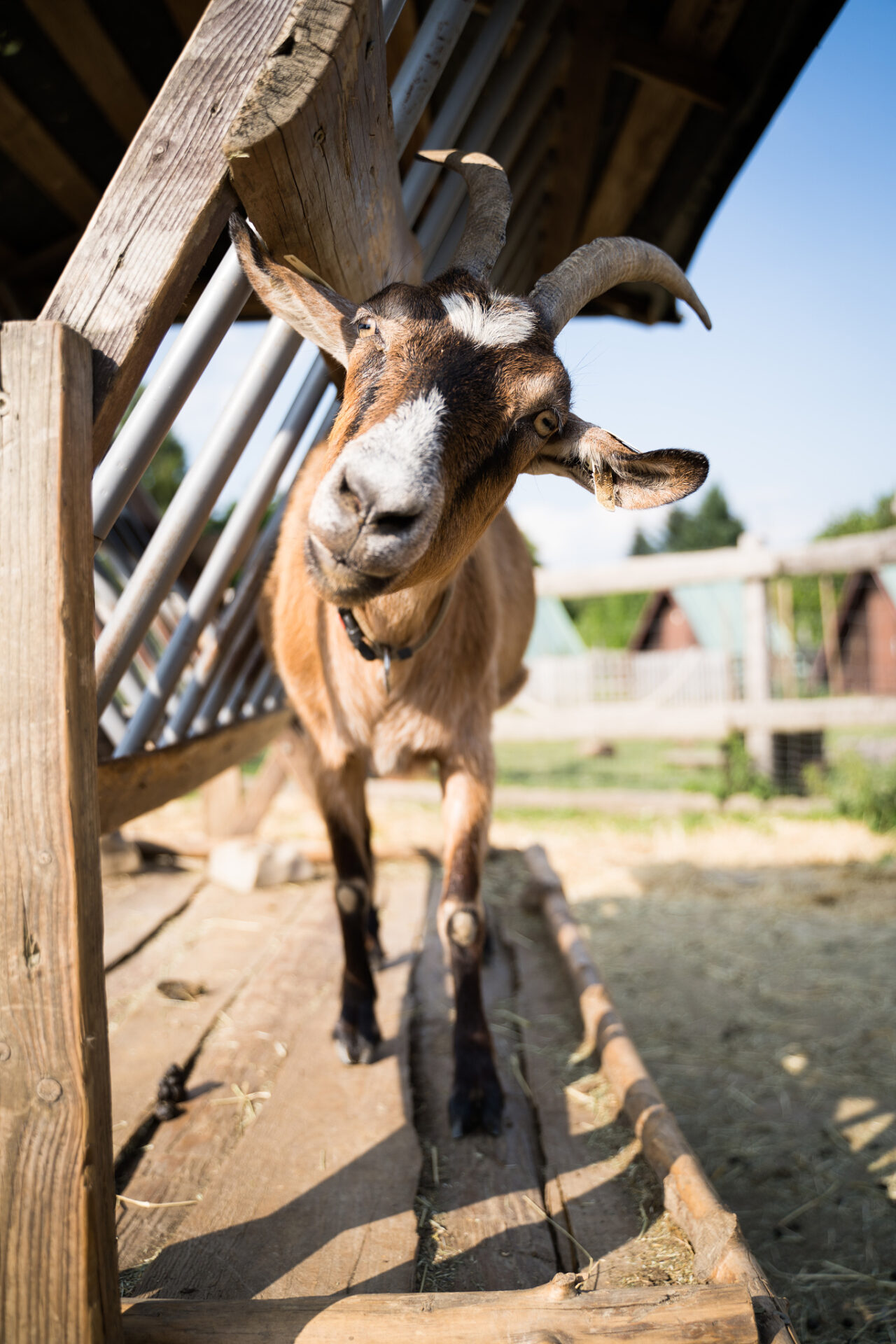
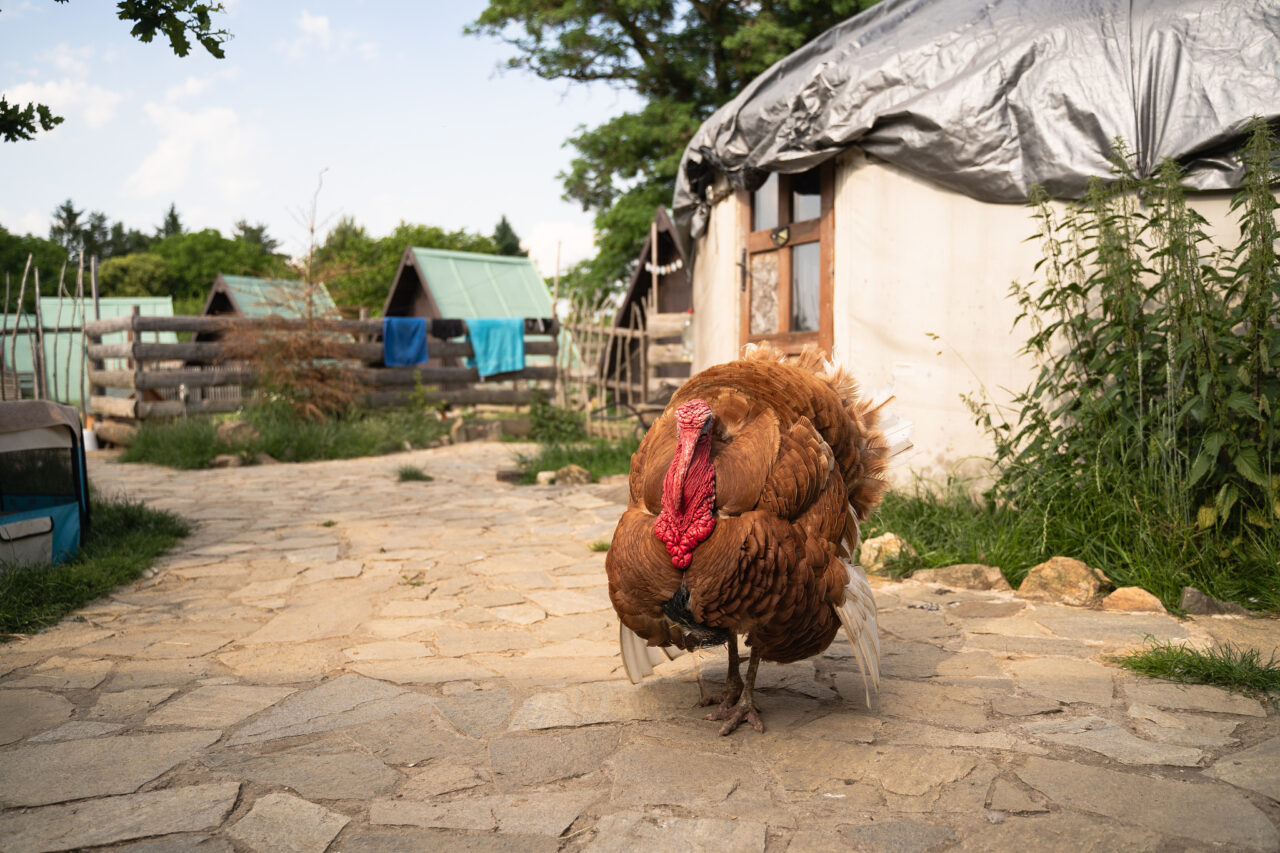

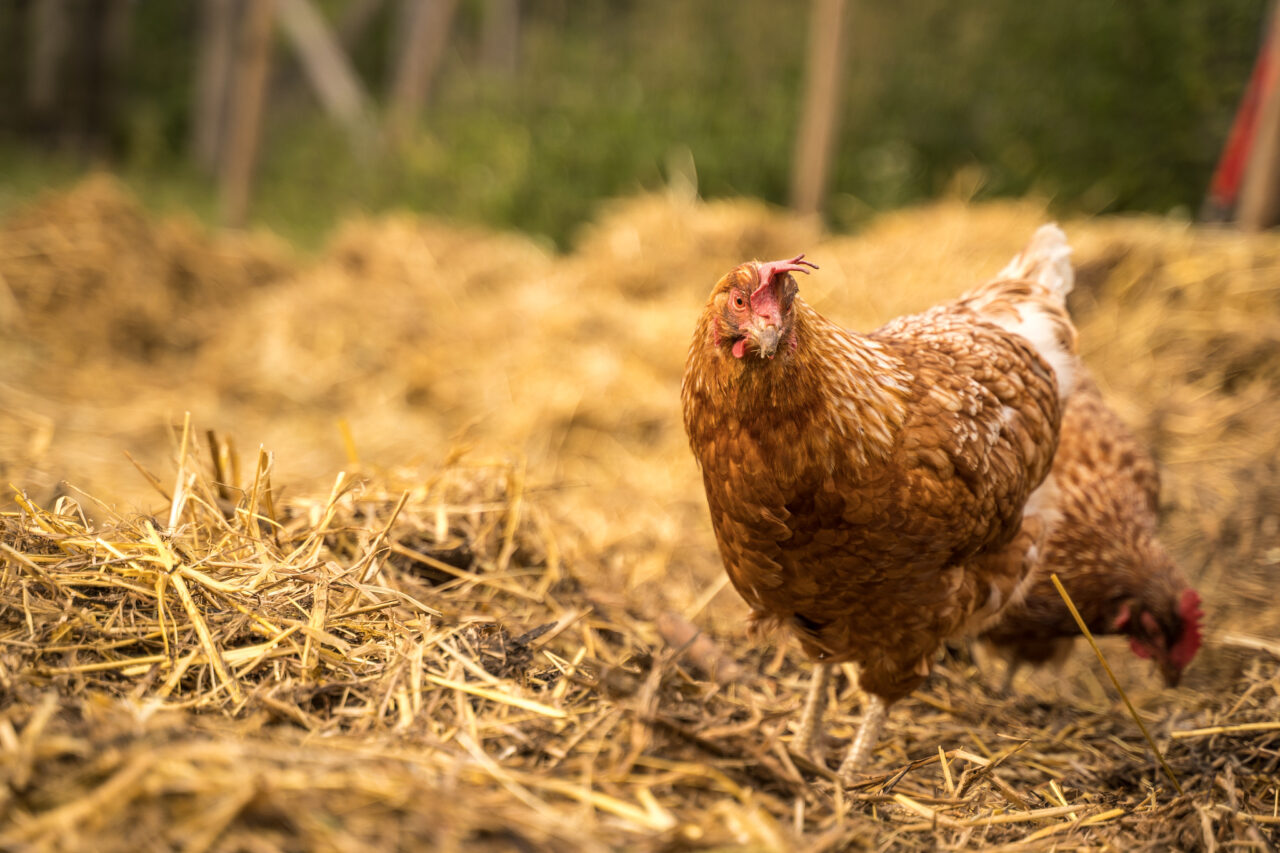
All these moments have one thing in common: you must capture them in time. To do so, you need to trust your instincts, in addition to some technical know-how.
No-stress technique
Even the best animal photo begins with the right camera settings. When shooting animals in a calm environment like a farm sanctuary, you don’t need ultra-fast shutter speeds or continuous shooting. On the contrary, you can slow down and focus on the atmosphere.
With a cow standing still, a pig grazing, or a curious hen outdoors, you can often get away with a lower ISO (e.g. 100–400) and a wide-open aperture (f/1.8–f/3.5), to blur the background and highlight the animals’ expressions. This results in soft, portrait-like images with an emphasis on the eyes or other prominent facial features, whether it’s the snout, whiskers, or beak.
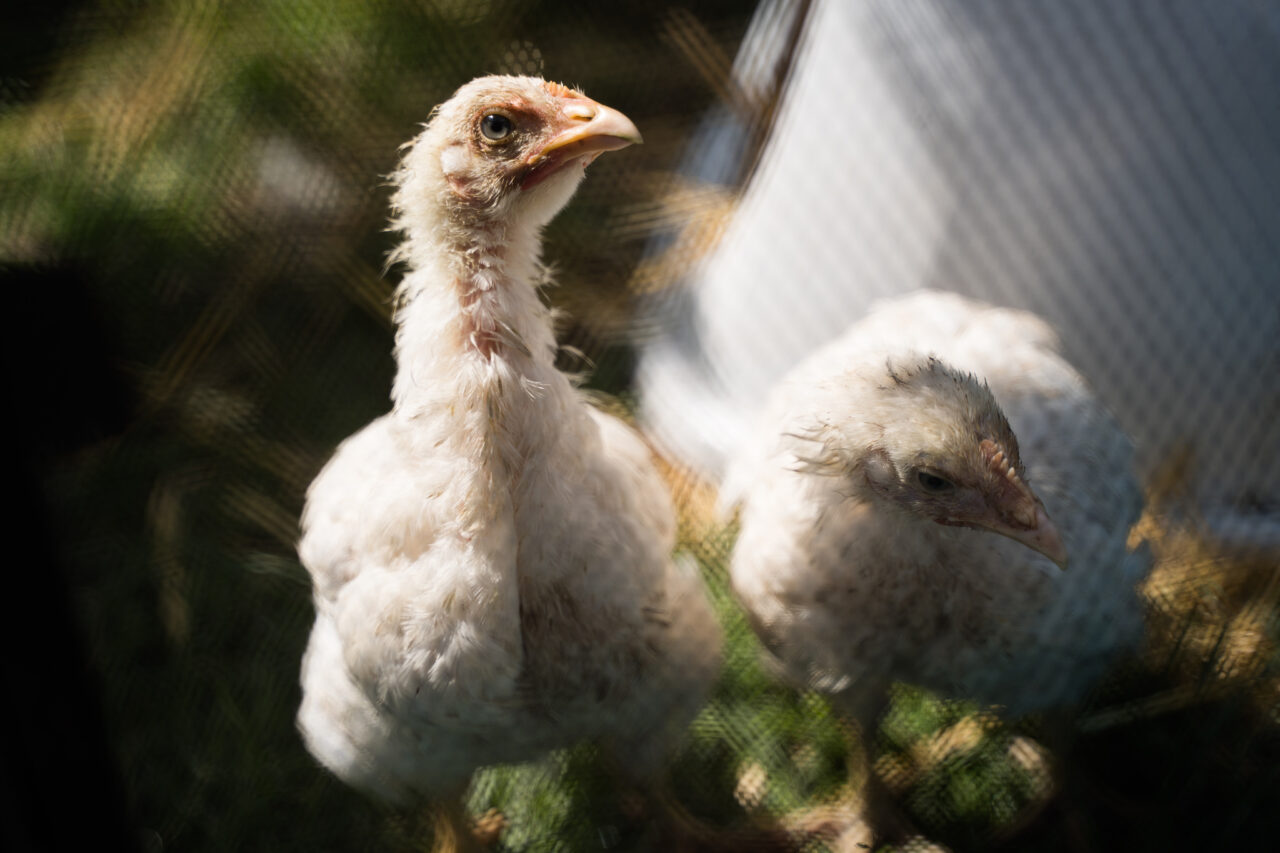
Focus on the eyes is just as important with animals as it is with humans. The eyes carry a lot of emotion. Manual focus or eye detection, if available, is helpful. Continuous focusing will also be useful, especially if the animal is moving. The animal’s eye contact with you or even the camera has a special power. It’s as if the animal can talk—I see you, and I’m letting you see me too.
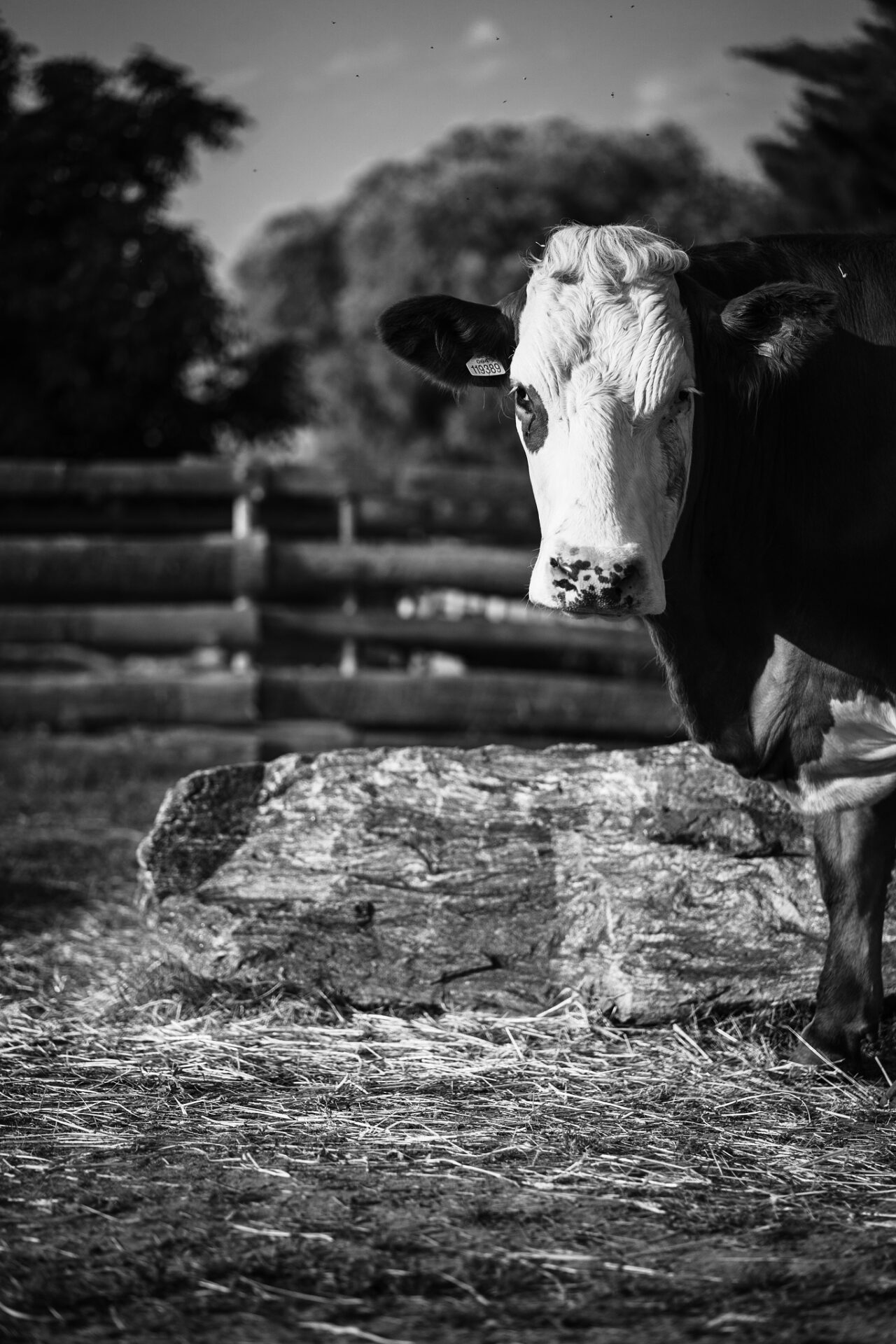
But more important than camera settings is your physical presence. Animals can sense if you’re nervous, restless, or too close. Don’t try to force them into a pose. Instead, be ready when they come closer on their own.
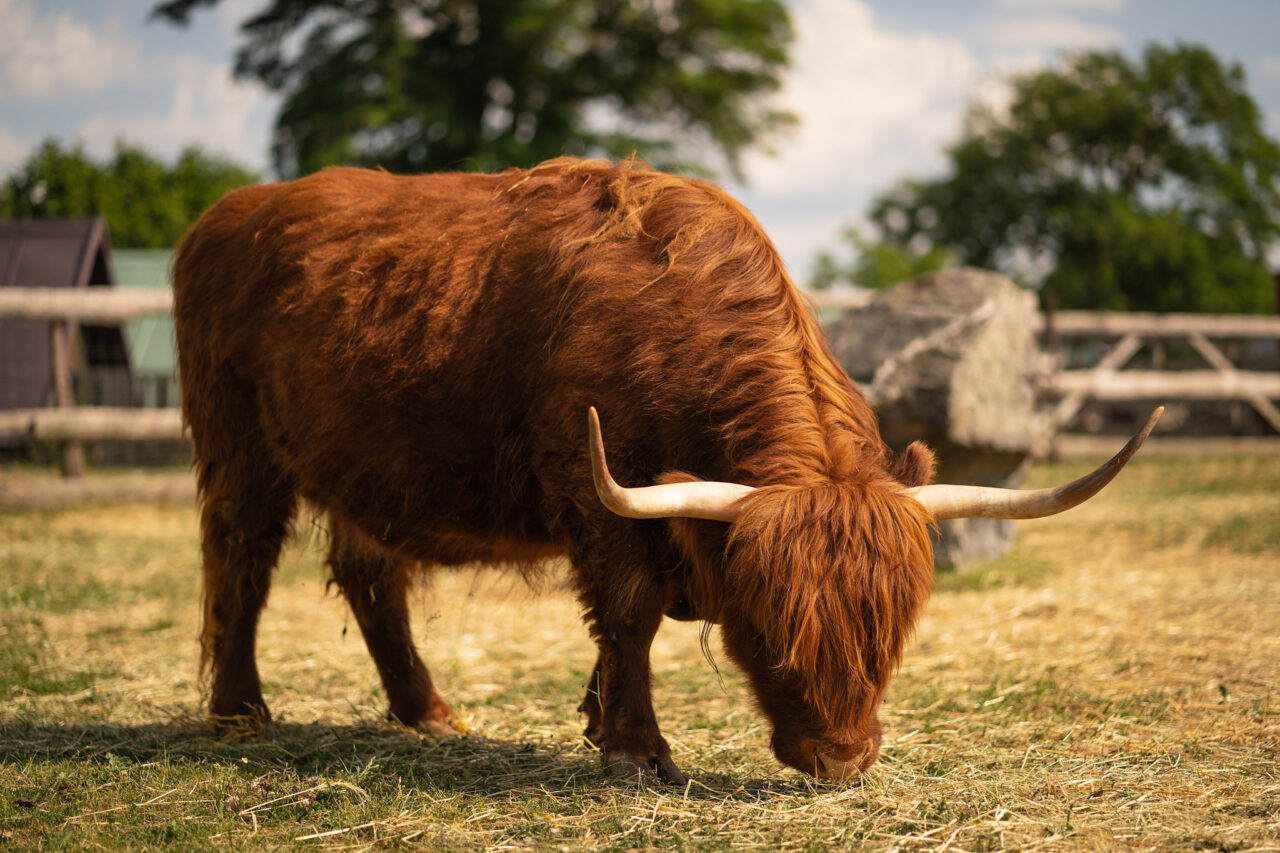
The most important technique is stillness. Paired with trust from the animal, you can look forward to photos that are not only beautiful, but real. How do you gain that trust? That’s a chapter in itself.
Closeness and trust
You might think you need a long lens for a good shot, but often the opposite is true. The best shots happen when the animal decides to come to you. This is why trust is essential.
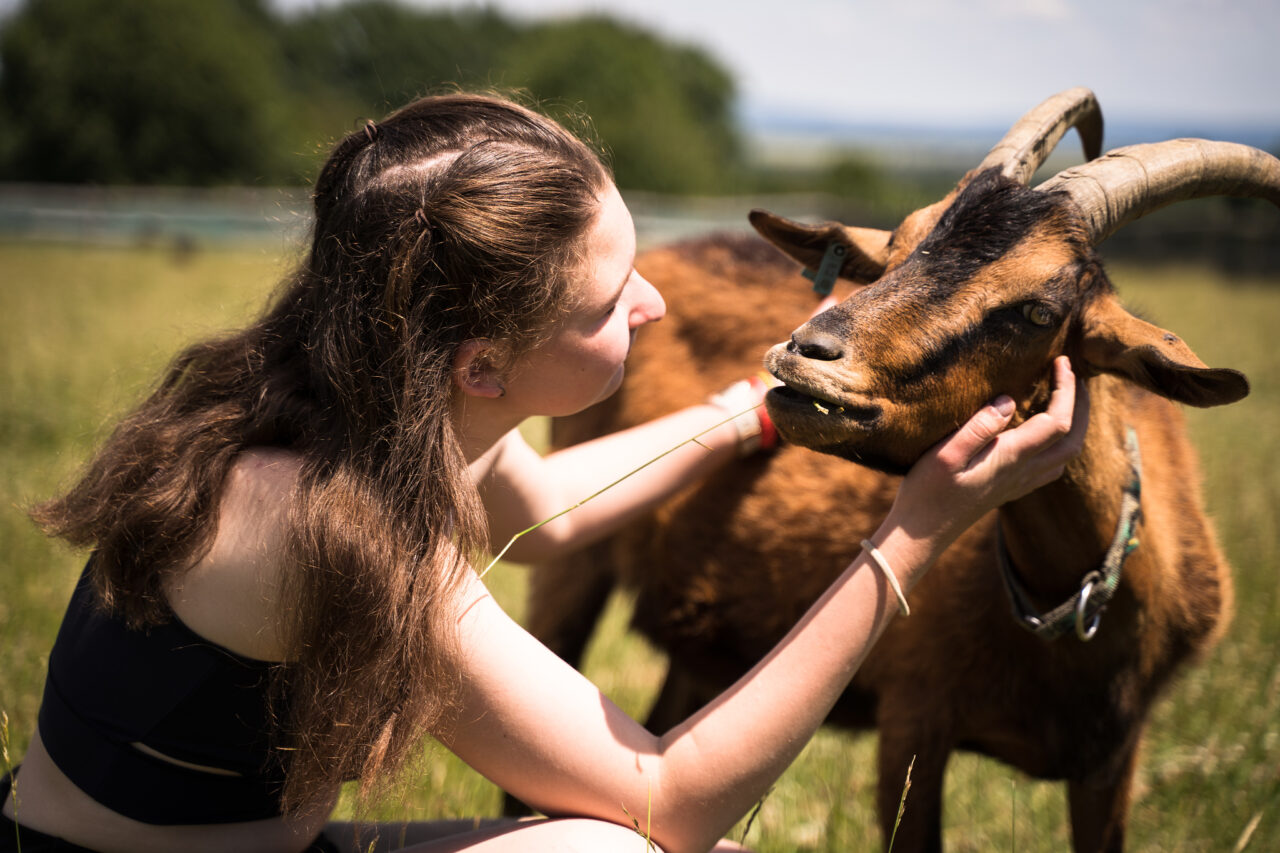
Animals need to get to know you first. They’ll sniff you, inspect you from all sides, and sometimes even nibble at your shoelace or the corner of your backpack. Sometimes, just sitting in the grass and waiting works best. Goats especially are not shy and will seek out attention if they feel comfortable with you.

The real magic happens when the animal lets you into its world. When it continues doing what it was doing without hesitation. Lying down, playing, licking its young, or cozying up to its mate. That’s when you can capture truly powerful photographs. These photos don’t just show the animal’s appearance, but also convey the relationship, mood, and rhythm of the place.
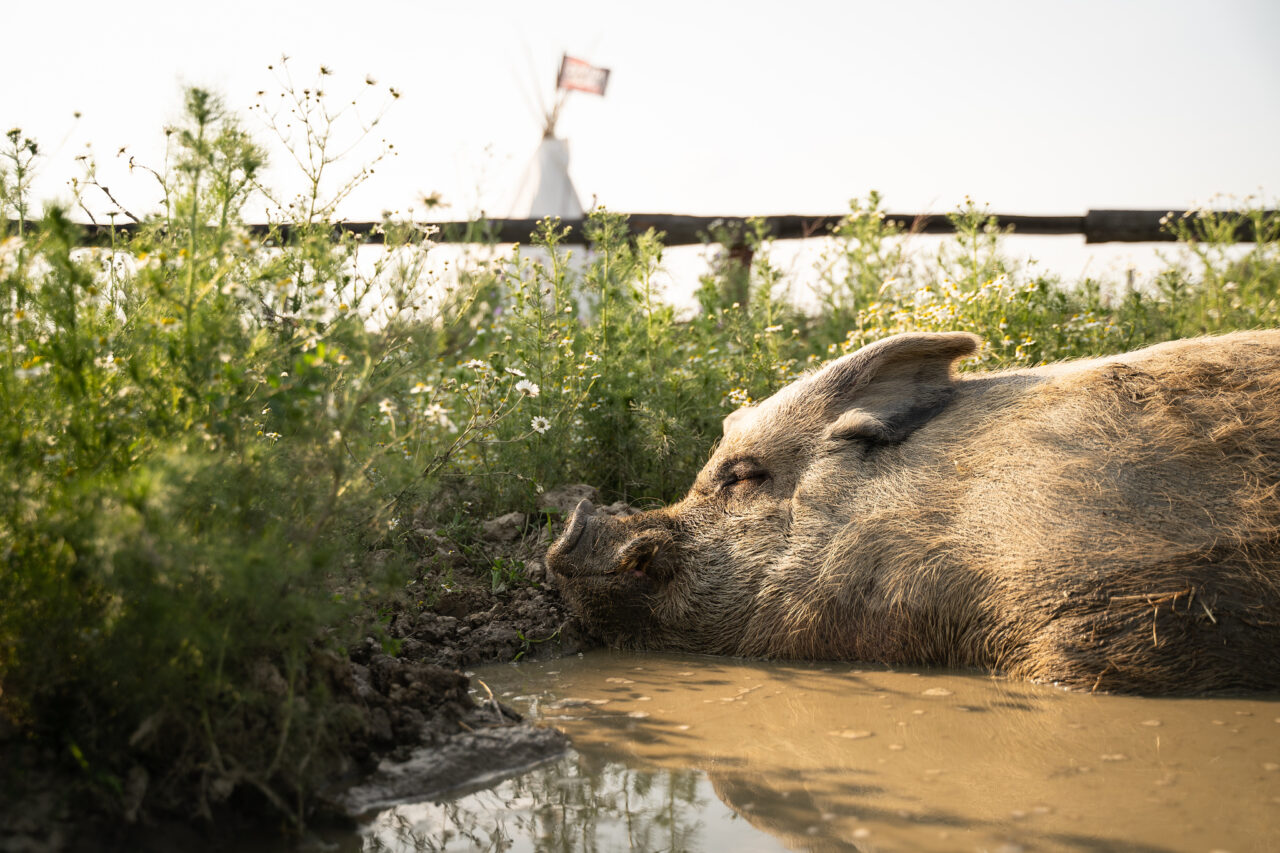
Composition with a story
When an animal relaxes and allows you to get close, it’s time to think about how to best capture its world. It’s not just about what you shoot, but how. Even a small shift in angle, a change in height, or background can turn an ordinary shot into a narrative.

Don’t forget the setting—farm, stable, or pasture. It’s not just a backdrop; it’s part of the story. Tufts of hay, the glimmer of sunlight on a wooden gate, or the smudge of a snout on the wall of a barn all add to the atmosphere. When the animal stands around the bales of hay, walks through the gate, or hides behind the branches, you have a natural photo frame.
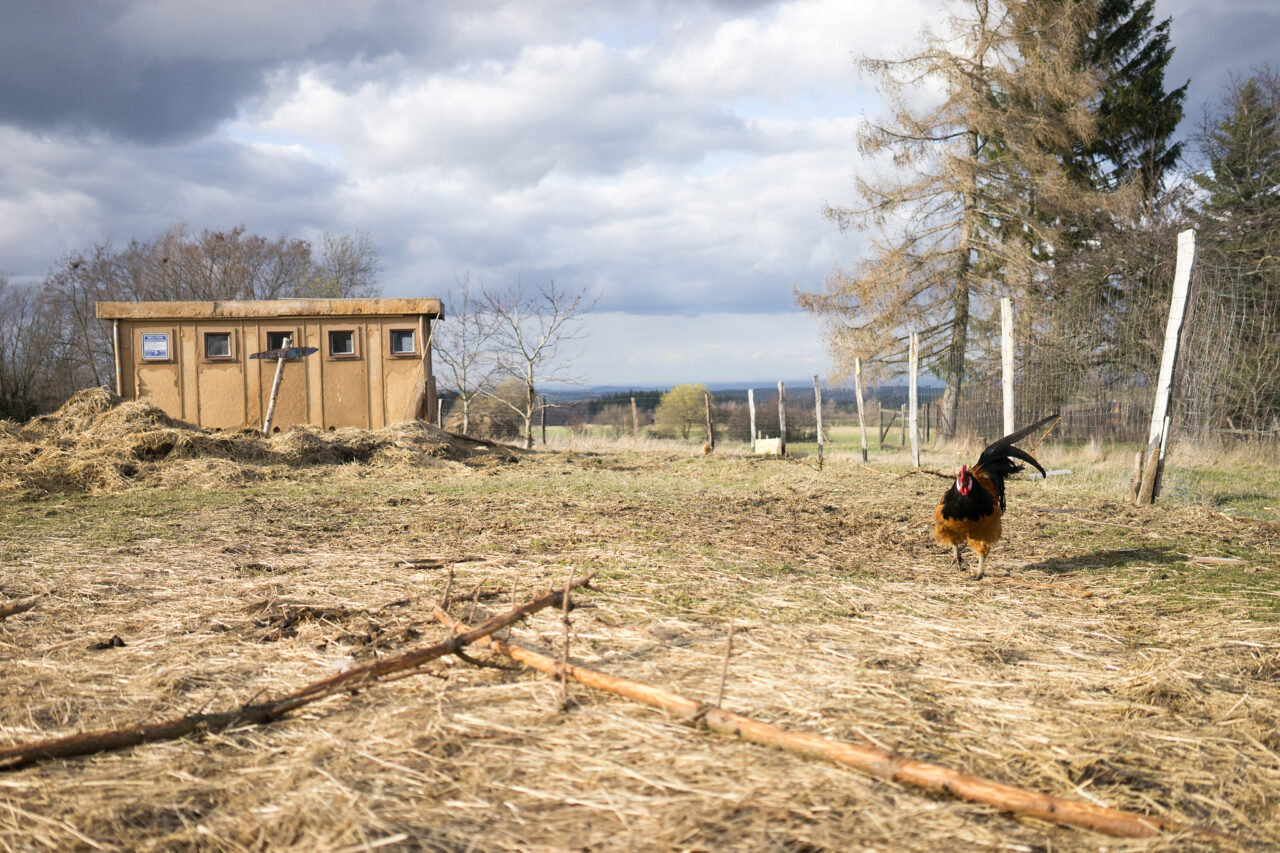
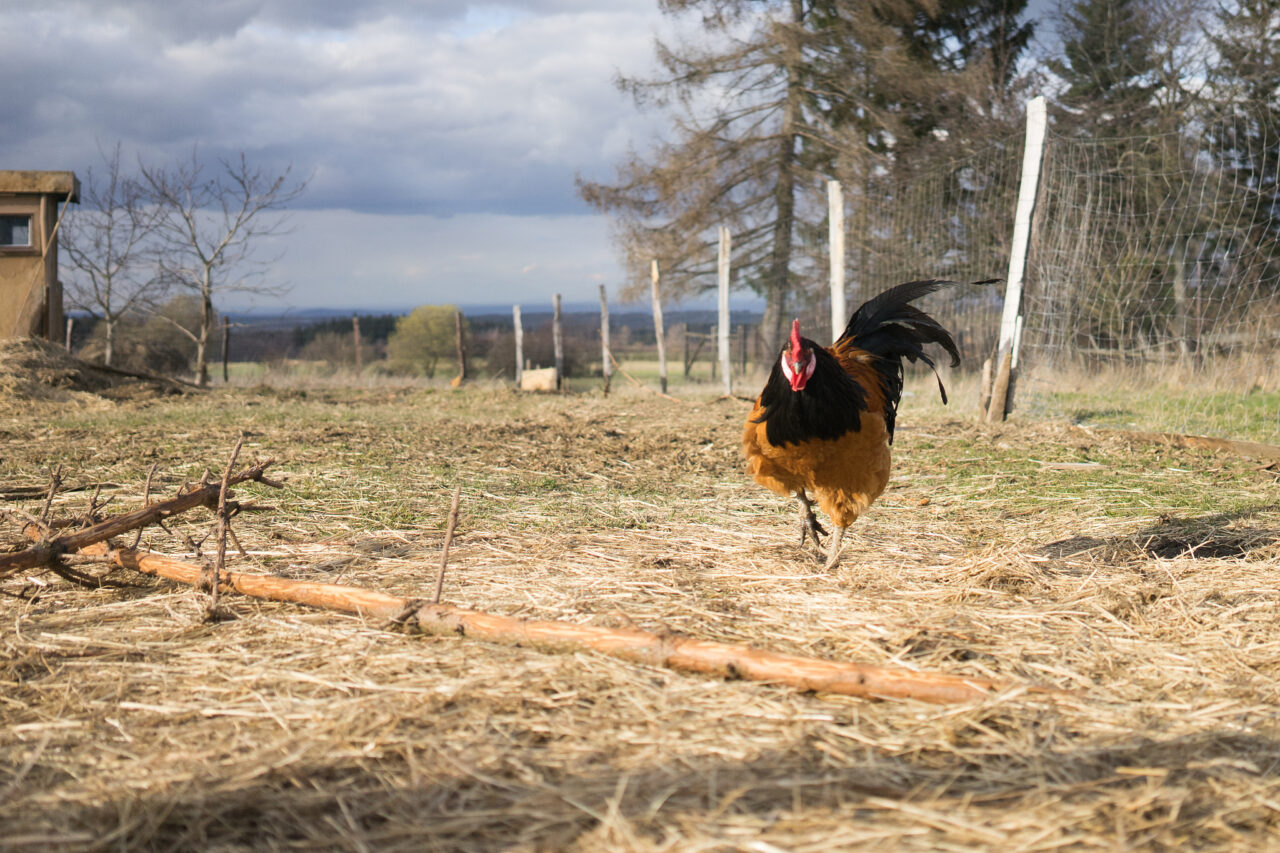
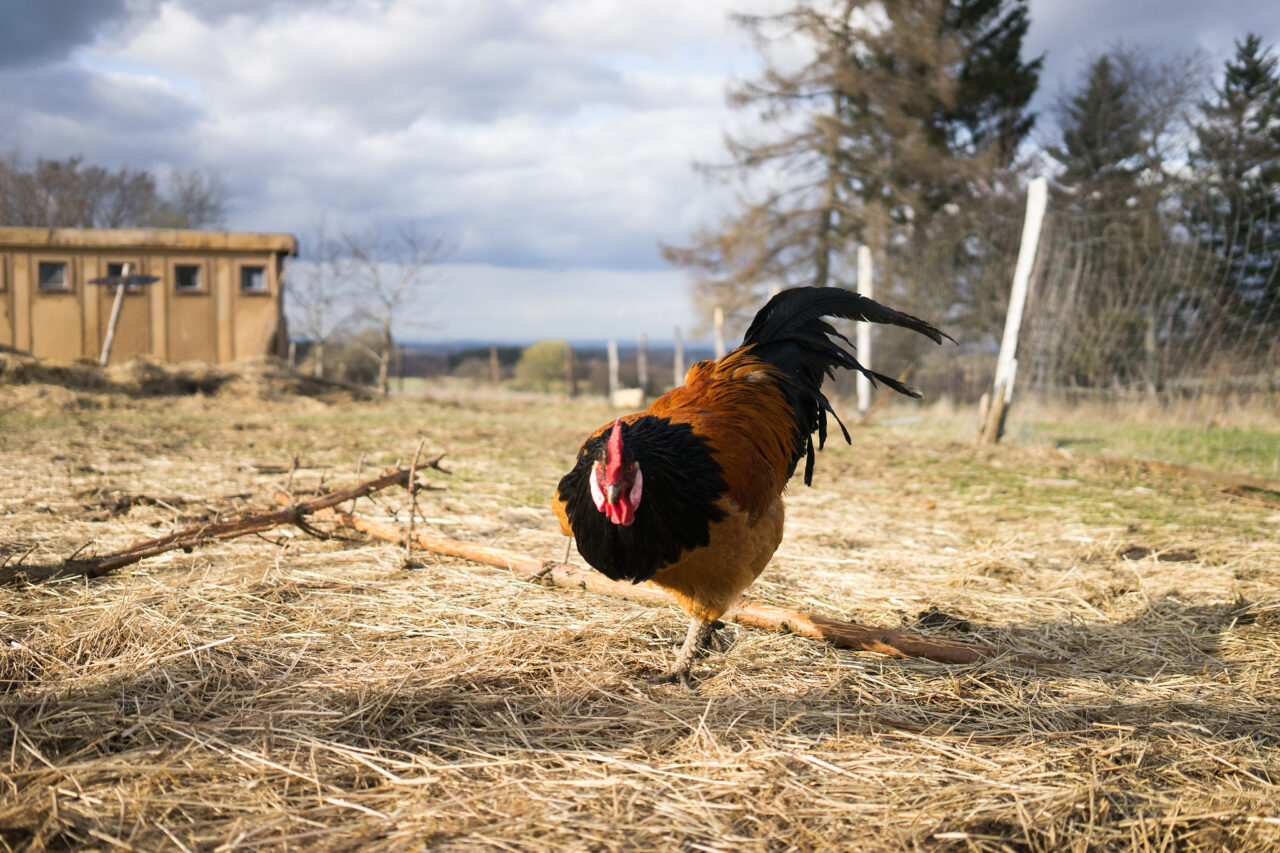
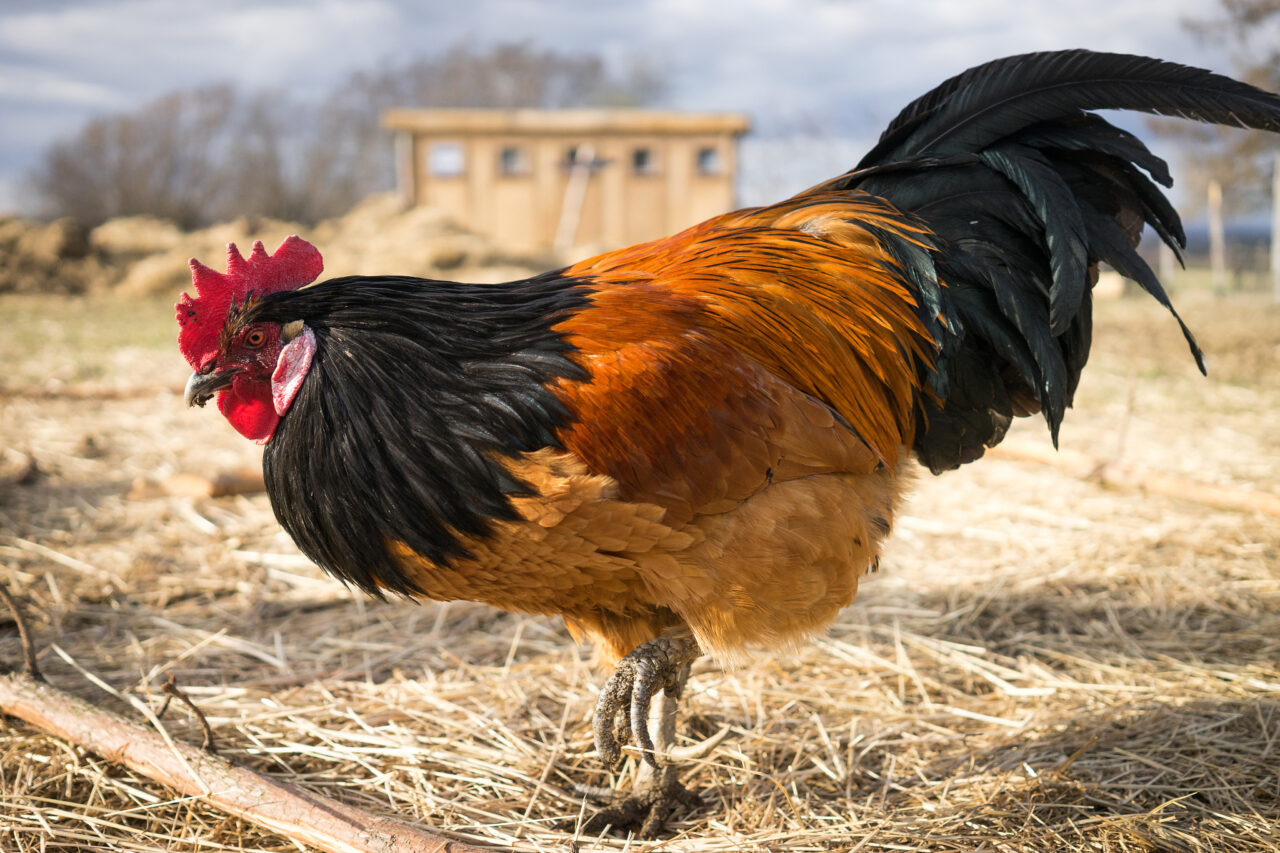
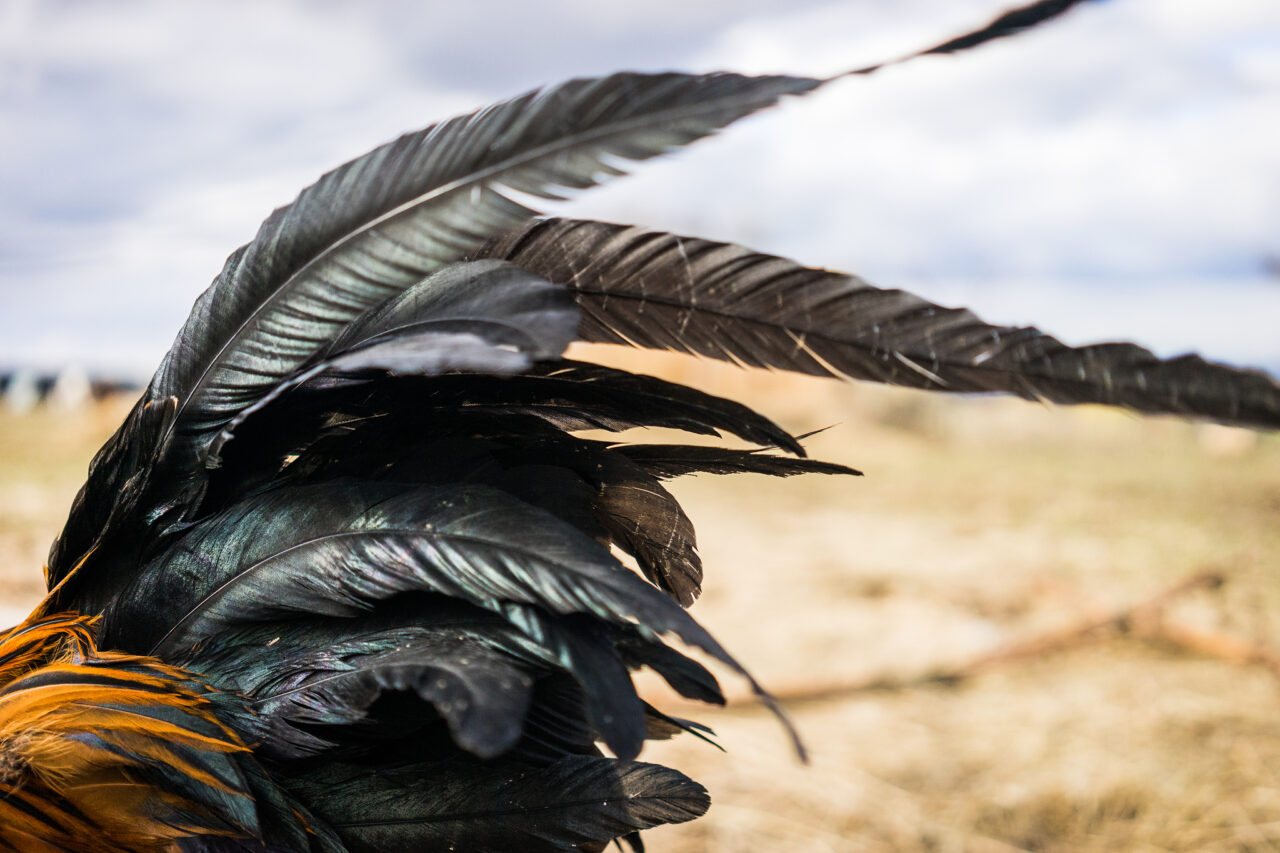
When photographing animals, you will naturally take dozens of photos of one creature, and if you’re lucky at least one will turn out well. Be prepared for this, don’t settle for just one photo, and be uncompromising in your selection. 1/6400s, f/2.8, ISO 500, 35mm
Look for leading lines that lead the viewer’s eye to the main subject. Allow the light to paint the fur or bring out the texture of its features. The sun, shadows, and the subtle curtain of grass in the foreground can add depth and softness to a photo.

Where to find farm animal photography opportunities
If you’re ready to grab your camera and head out in search of cows, goats, or turkeys, where can you find these animals in natural and accessible environments?
Animal sanctuaries are great opportunities for farm animals—places where animals rescued from unsuitable conditions or abandoned live. Unlike conventional farms, there are no demands on the animals. They live in safety, often in small groups, and are used to human presence. When the sanctuary is open to the public, you can visit with your camera and experience a peaceful, welcoming, and inspiring environment. You can also arrange individual visits for more focused photography.
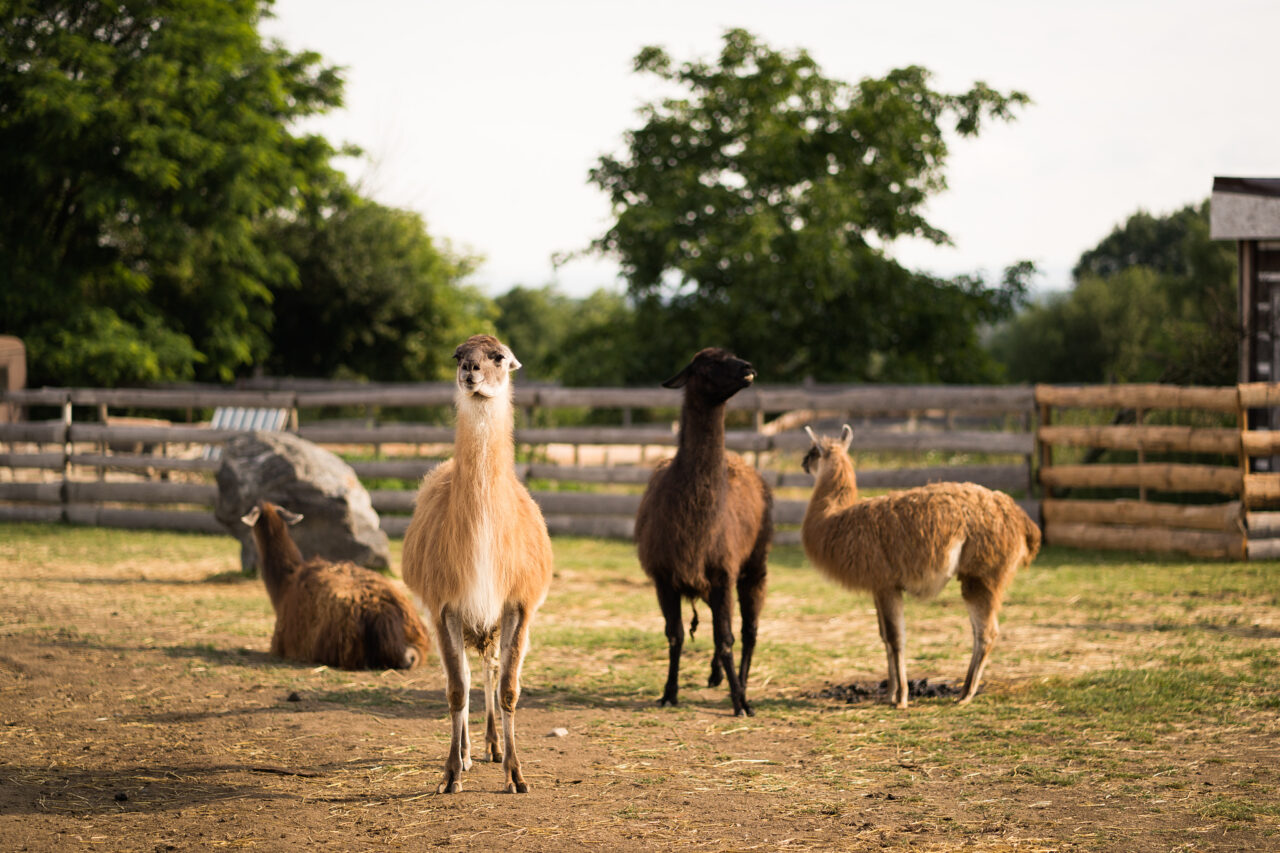
Other options include educational farms, community farms, llama centers, or petting zoos, which often offer guided tours. If you want to go deeper than the average visitor, try making direct arrangements with the operators. Many smaller farms appreciate the interest and may allow you to visit places where people aren’t normally allowed, like in the stall during feeding, in the field during rest periods, or in the pasture where the animals spend the day in their natural rhythm.
Animals with soul
In conclusion, it’s not the dramatic scenes that make the most powerful photos, but the quiet moments—the looks, touches, and emotions. A pig lying next to you in the shade, a goat looking over your shoulder, a cow licking its calf.
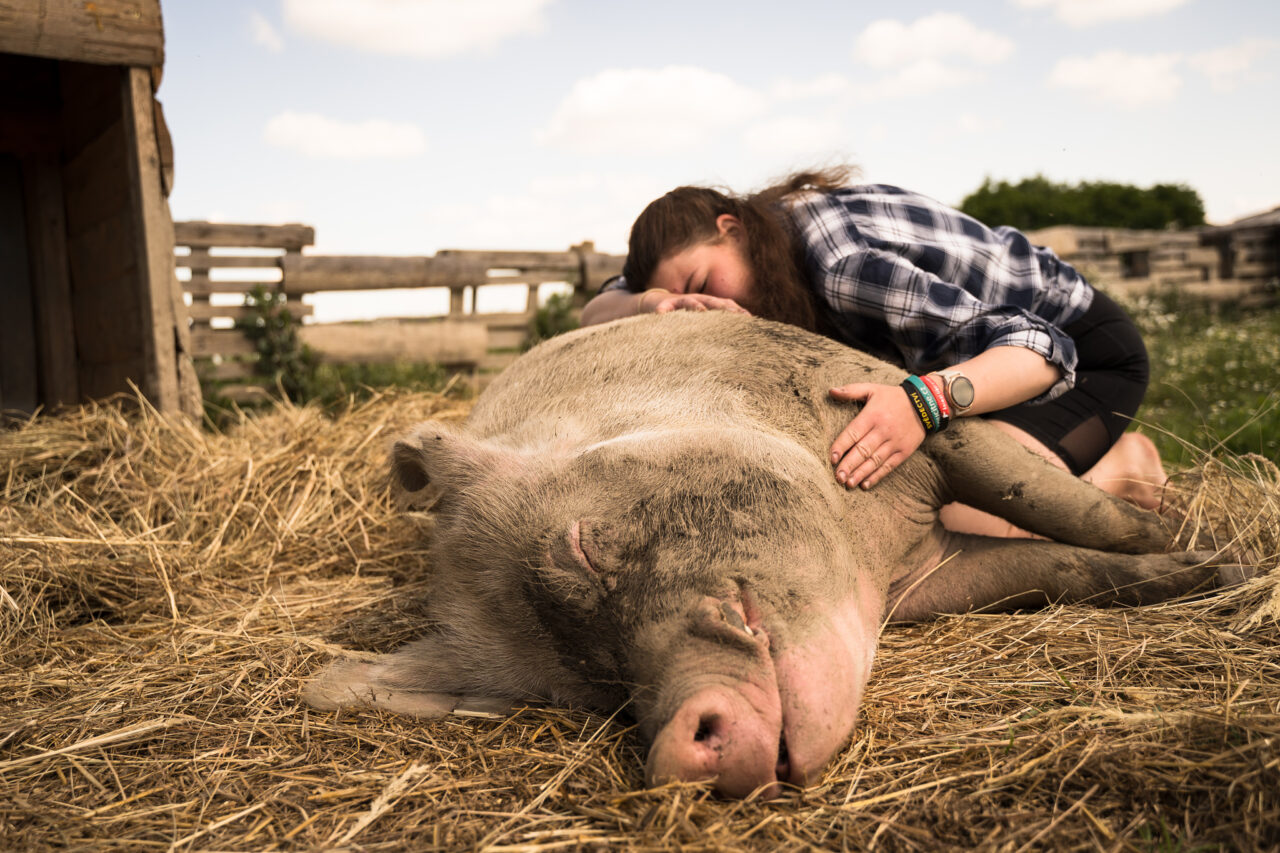
These photos remind us that animals are not objects, but sensitive and often amusing creatures. Photographing them is not just about getting pretty pictures. It’s about the encounter between human and animal. The moment when an animal lets you into its world and perhaps leaves you with more than you expected.
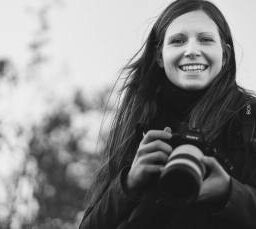
There are no comments yet.